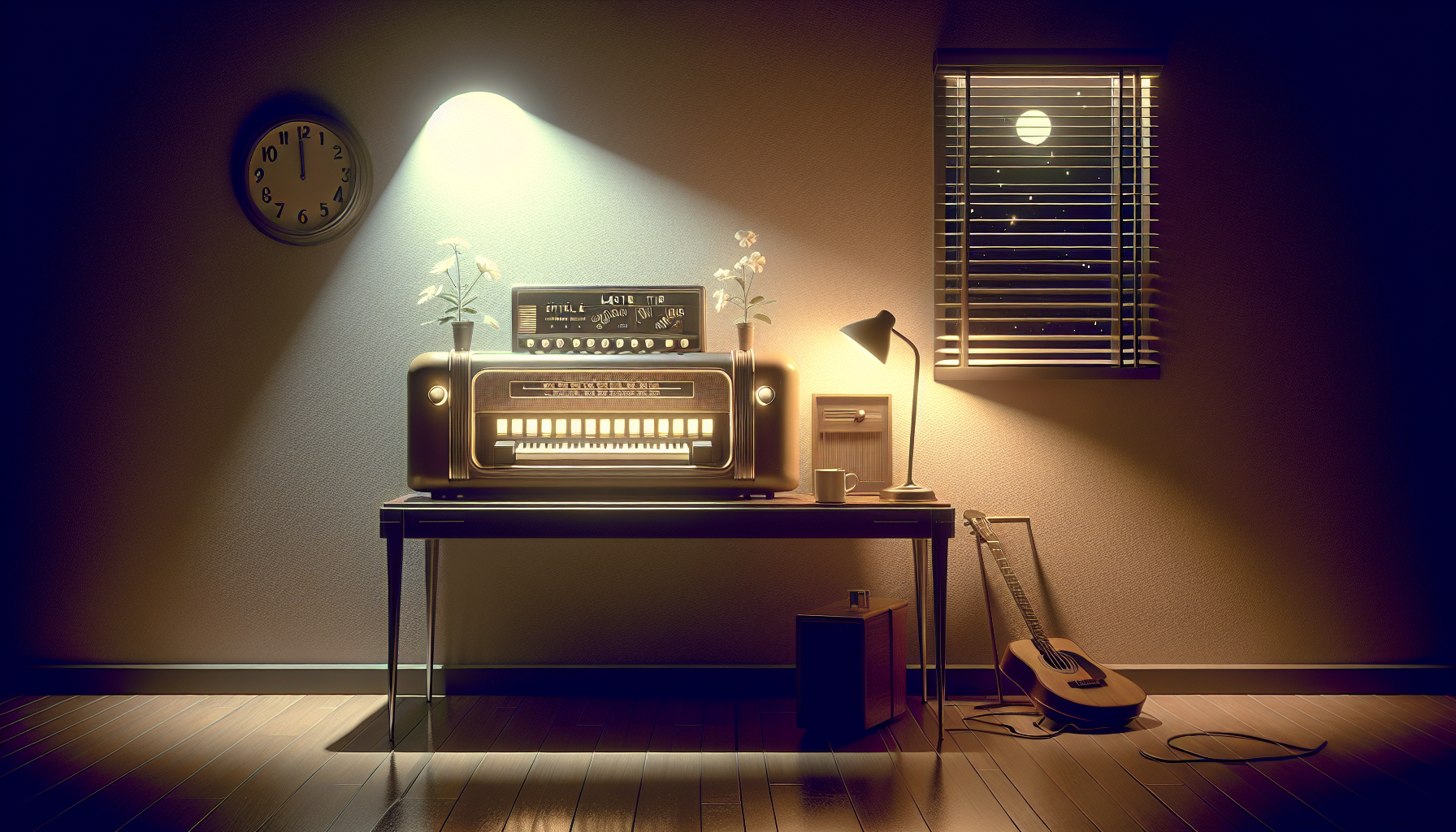It’s late at night. Somewhere, a machine is quietly churning out poetry, painting masterpieces, or serenading digital listeners with symphonies never before heard. No brush has touched canvas, no pen has danced across the page, but somehow, something new is born. The world looks on with a mix of awe, amusement, and at times, annoyance. Who—or what—is the real artist here? And in fact, what does it mean to “own” creativity when artificial intelligence is in the mix?
Anyone who’s spent time on the internet lately has tripped over a galaxy of AI-generated images, music, and even entire novels. Some people adore the novelty. Others clutch their paintbrushes tightly and glare suspiciously at their laptops. Either way, AI-generated art is here, and it’s not waiting politely for permission to change the game.
The Magic Trick (That’s Not Really Magic)
Let’s not be too impressed by AI’s magic tricks. Under all the technical wizardry, machines don’t dream up ideas at random. They digest enormous quantities of human-made art—brushstroke by brushstroke, pixel by pixel—then remix, blend, and regurgitate the patterns they’ve found. The “creativity” of AI is not spontaneous inspiration. It is more like a diligent (if slightly obsessive) art student who has memorized every artwork in the Louvre, and then, when asked, creates a new painting by sampling bits of everything she’s seen.
You might say: “Sure, but isn’t that what humans do too? Aren’t all our ideas recycled in some form?” Very true. But there’s a difference with AI: scale, speed, and, crucially, intention. An artist might spend a lifetime steeped in certain influences, occasionally surprised by a flash of originality. The current generation of AI can process millions of artworks and pour out thousands of new ones before breakfast, with no spark of human suffering or joy to ignite the process.
Who Gets Credit for AI Art?
Here’s where things get sticky—and a little absurd. When an AI constructs a “new” painting, who is the artist? Is it the machine? The person who wrote the code? The person who typed “moody sunset over a cyberpunk city in the style of Monet” into a text box? Or perhaps every artist whose work trained the AI should get a piece of the pie?
Most copyright laws are not prepared for this digital spaghetti. Today, in many countries, AI-generated work is not considered copyrightable if there is no meaningful human input. That means, technically, nobody owns it. The machine doesn’t get royalties (not that it would know what to do with a paycheck), and the user who pressed “generate” may not have a legal claim either.
The companies operating these AI systems sometimes try to claim ownership, but their confidence often vanishes as soon as a lawsuit appears. Under all the legal wrangling, there’s an uneasy truth: we don’t have a settled answer. As with most things involving lawyers and new technology, expect years of lively arguments and slow progress.
A Deeper Question: What Is Creativity?
Set aside legal squabbles for a moment. There’s a philosophical itch beneath all this: can a machine really be creative? For centuries, creativity was seen as something woven into the human soul, a mysterious process fueled by emotion, intuition, and—more often than we admit—a touch of luck. Can a machine that cannot suffer, love, or get stuck in creative ruts truly “make” art?
Some philosophers argue that creativity comes not from novelty alone, but from intention and experience. Art is a conversation between an artist and an audience, filled with meaning that grows from the stories, struggles, and ambitions of its creator. An AI has no stories—just statistics.
And yet. If we, the human audience, feel awe or delight (or outrage) at a piece of AI-generated art, does that art suddenly become real, just because we respond to it? Or is it forever a clever illusion, impressive but hollow at its core? Just because a painting moves you doesn’t mean it came from a place of meaning—but does that difference matter if the effect is the same?
Living with AI Artists
Like it or not, AI artists are going to be our companions at the gallery from now on. Their presence forces us to ask: do we value the process, or just the product? If I hang a painting on the wall, do I care whether a robot or a human made it, as long as it makes my reluctant dinner guests say, “Wow, that’s stunning”?
There are risks in letting machines flood the world with art. Human artists worry that their livelihoods—and their identities—could be threatened. Cultural heritage could be muddled if AI mashes together sacred symbols without understanding their significance. And maybe most insidiously, we could lose sight of the messy, beautiful, and flawed process that makes human creativity special.
Still, perhaps the rise of AI will make us treasure what is uniquely, stubbornly human: not just finished products, but the stories, laughter, heartbreak, and indecision that go into their making.
So, Who Owns Creativity?
Here’s the punchline: maybe nobody “owns” creativity, and maybe nobody ever did. Inspiration, imagination, and invention have always been debts we pay to humanity at large. We inherit stories, images, and sounds from those who came before, then pass along new ones with our own fingerprints. Machines are only the latest inheritors, borrowing from us with astonishing speed, but not (yet) adding their own chapters to the story.
That’s not a reason to fear or despise AI art. But it is a reminder to keep asking hard questions, to draw clear lines where we can, and to never forget that art is about more than clever tricks—it is about being human, even if now we share the stage with digital performers who, though talented, have never been moved to tears by a sunset.
If anything, AI-generated art is an invitation to remember why we ever bothered painting sunsets in the first place.

Leave a Reply